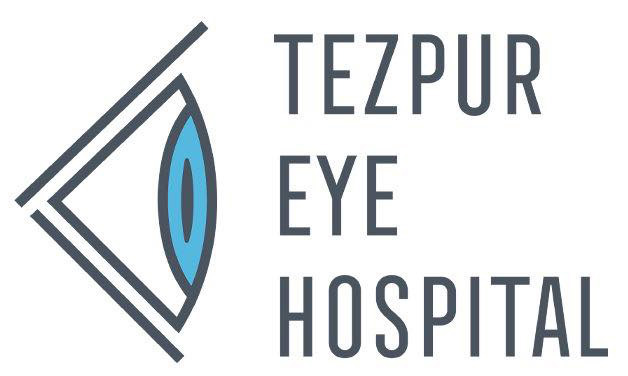Ocular Trauma
What can go wrong with my cornea?
Infections – A variety of microbial agents can infect the exposed corneal surface, especially if there is injury. Contact lens use is a known risk factor for corneal infections. Unless treated promptly, severe vision loss can occur.
Injuries – Despite the protection of the lids, due to its exposed position, the cornea can be injured easily. This can result in corneal tears or if chemicals are involved, extensive burns of the entire ocular surface.
Inflammations – The cornea is affected in a number of conditions affecting the lids, conjunctiva, or other parts of the body. These can result in significant corneal inflammation and damage unless prompt, expert care is provided.
Genetic conditions – A variety of inherited diseases manifest at birth or in later life and can affect the size, shape or clarity of the cornea. Some of these may be a part of a wider syndrome with other eye and systemic changes.
Surgical damage – Although cataract surgery is a safe and effective procedure, it can sometimes produce corneal damage – especially in eyes with inherited corneal pathology. In these eyes, fluid collection in the cornea reduces sight.
Miscellaneous – Tumours can involve the cornea, and damage can result from improper contact lens fit and use. The cornea can be affected in dry eyes, improper lid closure, and if there is damage to the nerves supplying the eye.
What can go wrong with my sclera?
As with the cornea, the sclera can be involved in infections, injuries, inflammations, in some genetic conditions with extreme scleral thinning – resulting in a ‘blue’ appearance of the eye, and surgical damage.
How can I know if my cornea or sclera is involved?
Since the primary function of the cornea is to provide clear sight, most conditions affecting this structure will result in altered visual function. However, small, peripheral changes may not initially affect vision, but may produce pain, irritation, redness or discharge. Many scleral conditions can result in severe pain in and around the eye. Persistent eye pain is often a sign of serious eye disease and should not be ignored.
How can these be treated?
Infections and inflammations of the cornea and sclera can often be treated medically in the early stages, although some surgical treatment may be needed if the condition is advanced. While very minor injuries can be carefully observed, most need to be treated. Similarly, early tumours can be treated with medications, while large extensions need surgery. Many of the conditions affecting the clarity of the cornea will need surgical therapy.
Recent advances in the management of these diseases?
Newer antibiotics help eradicate most of the infections in these structures. Chemical injury to the cornea can be effectively managed by limbal stem cell transplants, and in end-stage disease, by the use of an artificial cornea, keratoprosthesis. Corneal transplantation for scarring can now be done in a limited, lamellar manner, increasing the safety of the procedure. Similarly, for corneal fluid collection, a limited replacement of the posterior layers of the cornea dramatically improves the safety and outcomes of the procedure.
